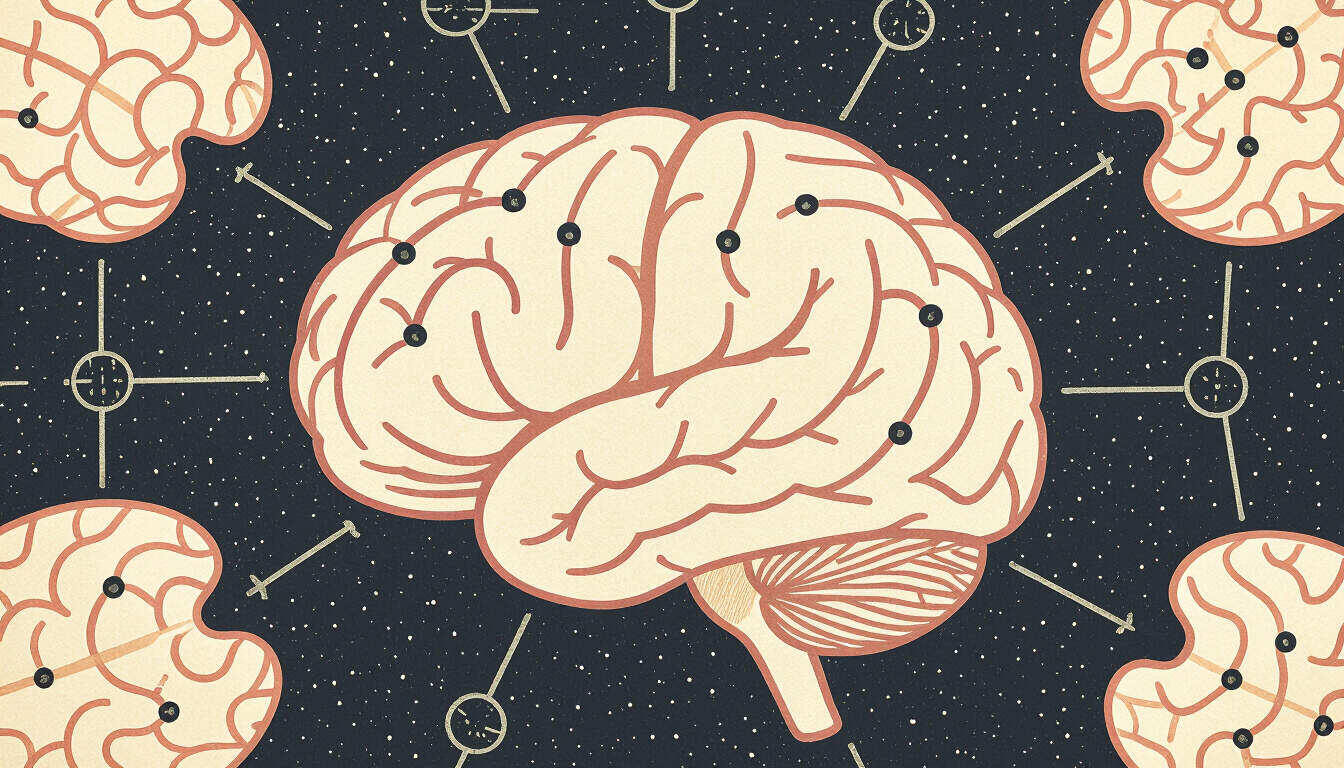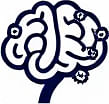Pattern Recognition as a Key Mental Model
 by Shanie Goodwin
by Shanie Goodwin
Pattern recognition shapes how we process information and make decisions in daily life. This mental model aids in psychology, business, and cognitive growth by identifying recurring themes and predicting outcomes, offering practical tools for better problem-solving and innovation.

Pattern recognition stands out as a fundamental mental model that influences how individuals interpret and respond to their surroundings. This process involves spotting recurring elements in data or experiences, which helps in forming connections and drawing conclusions.
In the field of psychology, pattern recognition plays a vital role in shaping behavior and learning. For instance, humans often use this model to remember faces or events by identifying familiar features. Psychology researchers note that this ability starts early in life, allowing children to learn language through repeated sounds and structures. Over time, it contributes to emotional intelligence by recognizing cues in social interactions.
Moving to business strategies, pattern recognition becomes essential for analyzing market trends and consumer behavior. Companies rely on it to forecast sales based on historical data, enabling leaders to adjust plans accordingly. A classic example is how investors spot cycles in stock markets, using past patterns to guide their choices. This mental model supports business strategies by turning raw information into actionable insights, reducing risks in uncertain environments.
Cognitive development benefits greatly from pattern recognition as well. It enhances problem-solving skills by encouraging people to break down complex issues into simpler, repeatable parts. For example, students improve their math abilities by identifying sequences in numbers, which builds confidence and efficiency. In everyday scenarios, this model fosters creativity, as artists draw inspiration from repeated motifs in nature or culture.
How Pattern Recognition Works
At its core, pattern recognition operates through a series of cognitive steps. The brain first gathers sensory input, then processes it to detect similarities. This happens quickly, often without conscious effort, making it a reliable tool for quick decisions. In professional settings, experts use software to aid this process, but the human element remains key for nuanced interpretations.
One advantage is its adaptability across contexts. In healthcare, doctors apply pattern recognition to diagnose diseases by comparing symptoms to known cases. Similarly, in education, teachers use it to track student progress and tailor feedback based on common challenges.
Practical Applications and Examples
To apply pattern recognition effectively, individuals can start with simple exercises. Begin by observing daily routines, such as noting how weather patterns affect mood or productivity. This practice sharpens the ability to anticipate outcomes and prepare accordingly.
In business, teams might review project data to identify successful elements from previous endeavors. For instance, a marketing team could analyze campaign results to spot what resonates with audiences, leading to more targeted efforts. Such applications highlight how this mental model drives innovation and efficiency.
Cognitive growth involves ongoing refinement of this skill. Lifelong learners can engage in activities like puzzles or strategy games, which require spotting patterns under time constraints. These exercises not only boost memory but also enhance overall mental flexibility, making it easier to tackle new challenges.
Potential Challenges and Solutions
While beneficial, pattern recognition has limitations. People sometimes fall into traps, such as overgeneralizing from limited data, which can lead to errors. To counter this, it's helpful to combine it with critical thinking, verifying patterns with diverse sources before acting.
For professionals in psychology or business, addressing these issues means seeking feedback from peers. In cognitive development, maintaining a balanced approach ensures that reliance on patterns doesn't stifle originality. By being aware of these pitfalls, users can refine their methods for better results.
Building Stronger Pattern Recognition Skills
Developing this mental model requires consistent effort. Start with basic observations in your environment, then progress to more complex analyses. Reading books on cognitive topics or participating in group discussions can provide new perspectives and deepen skills.
In summary, pattern recognition serves as a cornerstone for effective thinking in various areas. Its applications in psychology, business strategies, and cognitive development make it an invaluable tool for anyone seeking to improve their decision-making and learning processes.
